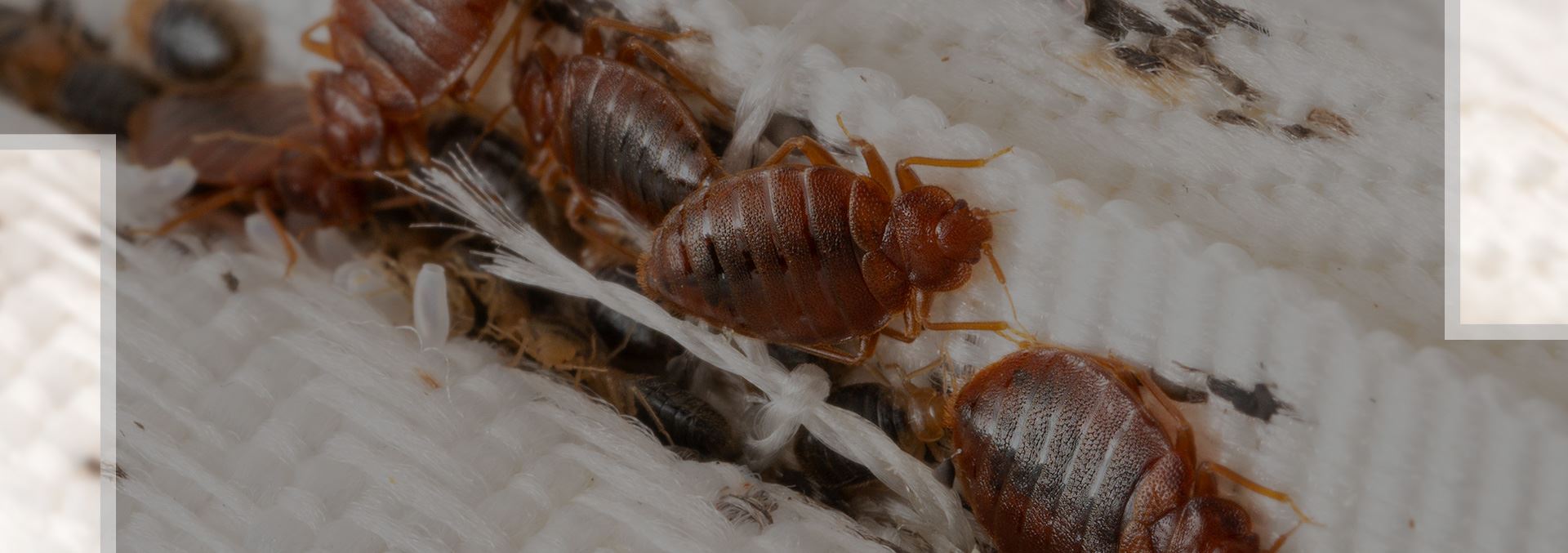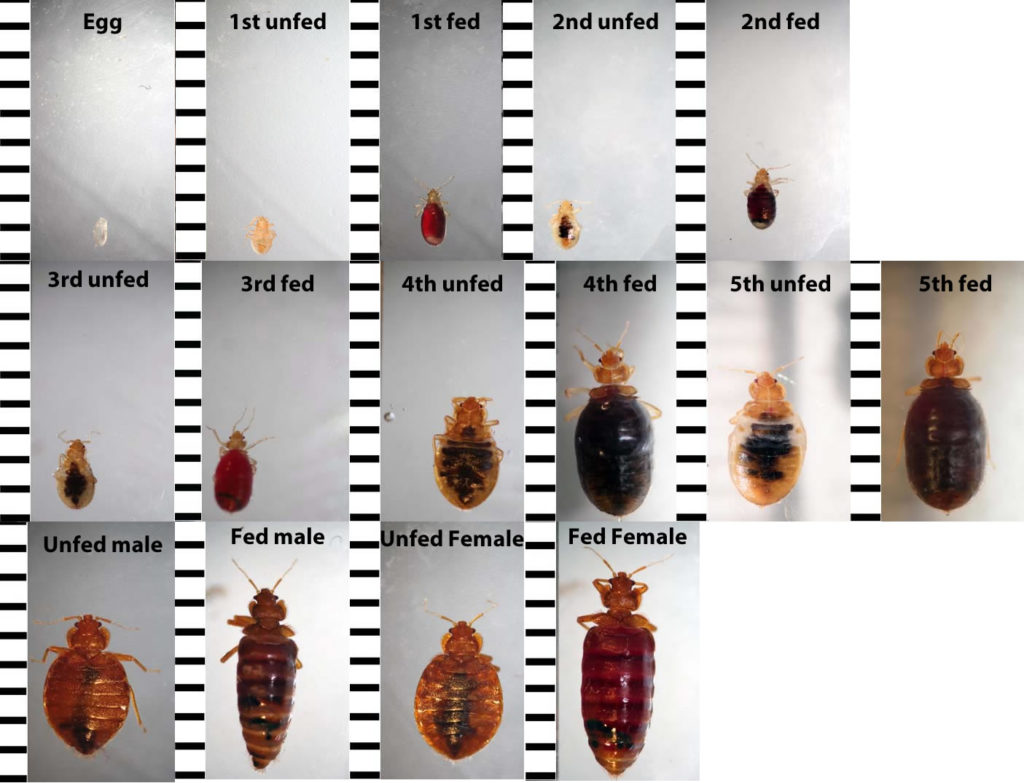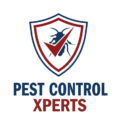Florida’s subtropical climate, featuring warm temperatures, moderate winters, and abundant humidity, draws many people to the state every year. Unfortunately, these same conditions also sustain a variety of persistent pests, including bed bugs. These tiny insects feed on human blood during nighttime hours, retreating during the day into hidden spots such as mattress seams, headboards, and furniture cracks. In Homestead, Florida—a community known for its proximity to national parks and a steady flow of both visitors and long-term residents—unaddressed bed bug problems can cause repeated discomfort, anxious nights, and possible damage to the reputations of hospitality-focused properties.
This service page highlights how bed bugs flourish in Florida’s year-round mild environment, the telltale indications of an infestation, and why choosing a professional bed bug exterminator for bed bug treatments is often the most dependable way to regain control of your living or rental space. Acting promptly when you notice bites, dark spotting on linens, or live bed bug sightings can protect your home from severe infestations, restless nights, and complicated follow-up cleanups.
Why Bed Bugs Flourish in Florida

Mild Winter Temperatures
In northern climates, extremely cold winters can kill or force bed bugs into periods of low activity, pausing their reproductive cycles for several months. Florida’s winter rarely reaches extended freezing temperatures, enabling bed bugs to stay active indoors all year. Heated or air-conditioned spaces maintain a comfortable range of about 65–85°F, letting bed bugs feed and reproduce continually unless homeowners, tenants, or professional teams intervene.
High Humidity and Frequent Travel
Although bed bugs do not rely on humidity to the same extent as certain other insects, Florida’s climate sustains a robust tourism industry, high population turnover, and frequent moves. In Homestead, with travelers exploring local attractions and residents who may visit relatives elsewhere, it only takes one suitcase carrying a few bed bugs to start a new colony in a bedroom or sofa. If these initial arrivals are overlooked, the population can multiply quickly in a consistently warm environment.
Minimal Seasonal Dormancy
In colder regions, bed bug activity usually declines when temperatures drop significantly. By contrast, Homestead and the surrounding areas rarely experience frosts that might slow their life cycle. A small group of bed bugs surviving in a single mattress or couch can expand into a larger infestation over a few weeks or months, requiring trained pest control experts to tackle them before they spread throughout a property.
Stable Indoor Conditions
Bed bugs thrive in stable indoor environments with steady access to sleeping occupants. Homestead’s homes typically rely on air conditioning for comfort, which maintains an ideal temperature range for bed bugs to feed and breed. Without regular vacuuming, ongoing inspections, or treatment strategies, bed bugs can stay hidden behind furniture, inside bed frames, and in crevices near baseboards.
Population Movement and Secondhand Goods
Areas with a mix of homeowners, seasonal visitors, and rental tenants create various avenues for bed bugs to move from one location to another. Luggage and used furniture offer prime hiding spots; a single used mattress containing bed bug eggs is enough to introduce a small but determined colony. Properly inspecting second hand items before bringing them indoors can help prevent an unwanted infestation.
Telltale Signs of Bed Bugs
Red, Itchy Bites
Bed bug bites often manifest as small, red welts on skin that’s exposed overnight—such as arms, legs, and neck. Bites can appear in lines or clusters, signaling repetitive feeding patterns. While some individuals have minimal reactions, others experience intense itching and discomfort. Recurrent bites lacking any visible mosquitoes or fleas can point to a possible bed bug issue.
Black Specks or Rusty Stains on Bedding
When bed bugs feed, faint blood smears might appear on your sheets or pillowcases, especially if they’re accidentally crushed. Blackish, pepper-like specks (their droppings) often accumulate in mattress seams or on furniture where bed bugs hide. Lifting sheets, flipping cushions, or carefully inspecting corners is a reliable way to spot these dark stains.
Egg Shells and Shedded Skins
Bed bug eggs, roughly the size of a pinhead, are small, whitish, and frequently found in cracks or the seams of furniture. As bed bugs mature, they shed translucent exoskeletons. Checking for these eggs and shells in hidden areas—like behind headboards or under furniture—provides another strong indication of an active infestation.
Possible Musty Odor
If a bed bug colony grows large enough, it can release a subtle sweet or musty smell. However, odor alone is less accurate than direct evidence such as droppings, eggs, or skin bites.
Live Bed Bug Sightings
Adult bed bugs measure about five to seven millimeters in length, with a flattened, oval-shaped body that darkens after feeding. Nymphs are smaller and paler. Looking under the edges of mattresses, behind baseboards, or in furniture seams can reveal them scuttling for cover if disturbed.
Risks of Ignoring Bed Bugs
Exponential Population Growth
A single bed bug can lay several eggs daily, with those eggs hatching within about two weeks. In Florida’s mild climate, overlooking a minor infiltration may result in dozens or even hundreds of bed bugs feeding nightly within a short period. Early discovery and treatment help avert deeper, more disruptive infestations that can strain occupants and property managers.
Escalating Anxiety and Sleep Loss
Constant nighttime bites can disrupt sleep, causing worry and dissatisfaction. Families or guests may feel uneasy about sleeping in any bed that could be infested. By eliminating bed bugs, normal routines resume quickly, and stress and sleeplessness subside.
Potential Spread to Adjacent Units
Multi-family homes, apartments, and condos in Homestead face a particular challenge because bed bugs can travel through small gaps in walls, floors, and shared spaces. If homeowners or property managers address only part of an infestation or neglect prompt reporting, bed bugs could migrate to neighboring units, forcing more extensive inspections and treatments later on.
Damage to Reputation
Short-term rental owners, hotels, or motels near Homestead’s attractions may experience significant backlash from guests if bed bugs appear. Quick, thorough treatment helps ensure visitor satisfaction and protects a property’s reputation. Online reviews mentioning bed bugs can harm a property’s standing if an infestation isn’t handled promptly and effectively.

Why a Professional Exterminator Is Crucial
Meticulous Inspection and Identification
A bed bug exterminator checks mattresses, box springs, upholstered chairs, sofas, baseboards, and hidden cracks for definitive evidence of an infestation. Proper identification helps distinguish bed bugs from other biting pests like fleas or mites, shaping the right plan for thorough control.
Eliminating All Life Stages
Bed bugs exist as eggs, nymphs, and adults. Targeting only visible adults isn’t sufficient. Professional exterminators use varied strategies—steam treatments, vacuuming, specialized insect growth regulators, or heat treatments—to eliminate bed bugs at every stage of development. Addressing hidden eggs prevents a new generation from emerging and reigniting the cycle.
Safe, Targeted Use of Chemicals
Over-the-counter sprays can drive bed bugs deeper into walls or onto other furniture, rather than effectively eradicating them. Professionals apply insecticides precisely in cracks, seams, and corners where bed bugs conceal themselves, reducing unnecessary exposure to occupants and pets. This deliberate approach is especially valuable in family homes, apartments, or other sensitive areas.
Follow-Up and Prevention
Because eggs might hatch weeks after the first visit, a reliable pest control plan includes revisits to confirm that newly emerged nymphs encounter effective treatments. During these visits, occupants often receive advice on preventive measures, like mattress encasements, regular vacuuming, or sealing any small cracks where bed bugs might hide.
Typical Methods for Bed Bug Treatments
Inspection and Mapping
A thorough inspection is the foundation of any treatment plan. Exterminators remove or fold back linens, check seams and corners, and investigate baseboards, headboards, and upholstered items for droppings, eggs, or adult insects. Discovering specific hotspots helps determine the extent of treatment needed.
Vacuuming and Steam
Vacuuming collects visible bed bugs and reduces egg presence before chemical applications. Steam kills bed bugs on contact, especially deep within upholstery or mattress seams where sprays may not penetrate effectively. This chemical-free approach also avoids lingering residues.
Residual Insecticides or Growth Regulators
Applying insecticides or insect growth regulators in cracks, baseboards, furniture crevices, and similar areas helps to eliminate bed bugs that may be out of sight. Residual formulas maintain potency for a while after application, ensuring any migrating or newly hatched bugs come into contact with treated surfaces.
Heat Treatments
Severe or multi-room infestations sometimes require raising interior temperatures to around 120°F or higher for an extended time. This technique kills every life stage of bed bugs, including eggs. Occupants temporarily vacate during the procedure, returning once temperatures normalize and the area is confirmed free of active bed bugs.
Bed Encasements and Monitors
Specialized mattress or box-spring encasements help contain any remaining bugs or eggs, cutting off their meal source so they cannot survive. Interceptor devices installed under bed legs or near entry points trap moving insects, offering early detection if a re-infestation occurs.

Service Areas: Homestead and Surrounding Communities
Homestead: Located between Miami and the Florida Keys, Homestead is known for its agricultural heritage, natural parks, and suburban neighborhoods. This variety of environments and continuous influx of visitors contributes to the possibility of bed bug introductions. Quick detection—by checking for dark flecks on mattresses or itchy bites on skin—plus specialized bed bug exterminator services are crucial for preventing further spread and ensuring comfortable living conditions.
If you manage multiple properties in the area, or you live in a neighboring community, consider the same bed bug inspection and treatment protocols to maintain consistency. Whether your property is a single-family home, an apartment complex, or a hospitality venue, ongoing vigilance is key to preventing widespread bed bug issues that can negatively impact both daily life and local reputation.
Why Our Bed Bug Treatments Excel
Florida-Focused Expertise
Homestead’s mild winters, high humidity, and constant movement of residents and visitors mean bed bugs can remain active year-round. Our bed bug treatments cater to these conditions by combining reliable extermination measures—such as steam treatments, growth regulators, or targeted insecticides—with occupant-centered tips for preventing re-entry or reinfestation.
Precision, Reduced Chemical Exposure
Our approach prioritizes applications in the most critical hiding places—seams of mattresses, corners of furniture, and baseboard cracks—rather than broadly spraying large areas. By containing bed bugs to their primary zones, we can reduce unnecessary chemical usage while ensuring pests encounter powerful treatments.
Preventative Occupant Tips
During and after treatments, we share suggestions for homeowners and tenants to maintain a bed bug–resistant setting. Regularly vacuuming, inspecting secondhand items, and encasing mattresses goes a long way toward preventing a recurrence. A coordinated strategy between pest control professionals and occupants strengthens long-term protection.
Follow-Up for Lasting Results
Bed bug eggs can hatch weeks after initial treatment. Scheduling re-checks or additional spot treatments ensures that any newly emerged nymphs do not survive unnoticed. If occupants still observe bites or droppings, a timely re-inspection addresses potential missed areas to finalize a bed bug-free environment.
Next Steps
Are you noticing unexplained bites, spotting dark specks on sheets, or finding tiny insects along mattress seams? Contact us to learn more or schedule your service. Our Homestead-focused bed bug exterminator strategies eradicate bed bugs at every stage—restoring occupant comfort and peace of mind. Swift attention to the problem spares you from more significant infestations, prolonged loss of sleep, and potential hits to your property’s reputation if you oversee rentals or operate in hospitality.
With consistent occupant vigilance—such as inspecting luggage after travel, vacuuming often, encasing mattresses, and verifying secondhand furniture purchases—combined with specialized professional extermination techniques, bed bugs have few opportunities to take hold. Freed from the cycle of nocturnal bites and bothersome droppings, homeowners, tenants, and visitors throughout Homestead can enjoy Florida’s pleasant climate without dreading hidden insects in their beds.
Maintaining a Bed Bug–Free Environment
- Regularly Inspect Secondhand Items: Examine used furniture, mattresses, or home décor for small black spots, eggs, or shed skins before bringing them inside. If you spot suspicious signs, vacuum or steam-treat those items to avoid unintentional bed bug introductions.
- Frequent Vacuuming: Weekly vacuuming of floors, carpets, and upholstered furniture disrupts bed bug populations, removing eggs and wandering adults. Remember to seal vacuum contents in a plastic bag before disposal.
- Wash and Heat-Dry Bedding: Launder sheets, pillowcases, and blankets on hot settings, then dry them at high heat. This process kills any bed bug life stages hiding in linens.
- Mattress Encasements: Sealing mattresses and box springs in bed bug–proof covers prevents hidden bed bugs from feeding and reproducing. Periodically check these encasements for tears or evidence of bugs.
- Post-Travel Precautions: Inspect suitcases and clothing after returning from trips. Vacuum or wipe down luggage, and wash travel clothes on high heat to minimize the chance of introducing new bed bugs into your home.
By combining homeowner diligence with fast, comprehensive treatments from a bed bug exterminator, Homestead residents and businesses can stay clear of unwelcome bed bug infestations. The region’s agreeable weather may keep bed bugs active, but consistent monitoring and proactive strategies ensure they never gain a foothold. Maintaining a pest-free environment fosters restful nights for families, peace of mind for property managers, and satisfaction for travelers who count on clean, comfortable accommodations when exploring Florida’s diverse natural and urban wonders.
